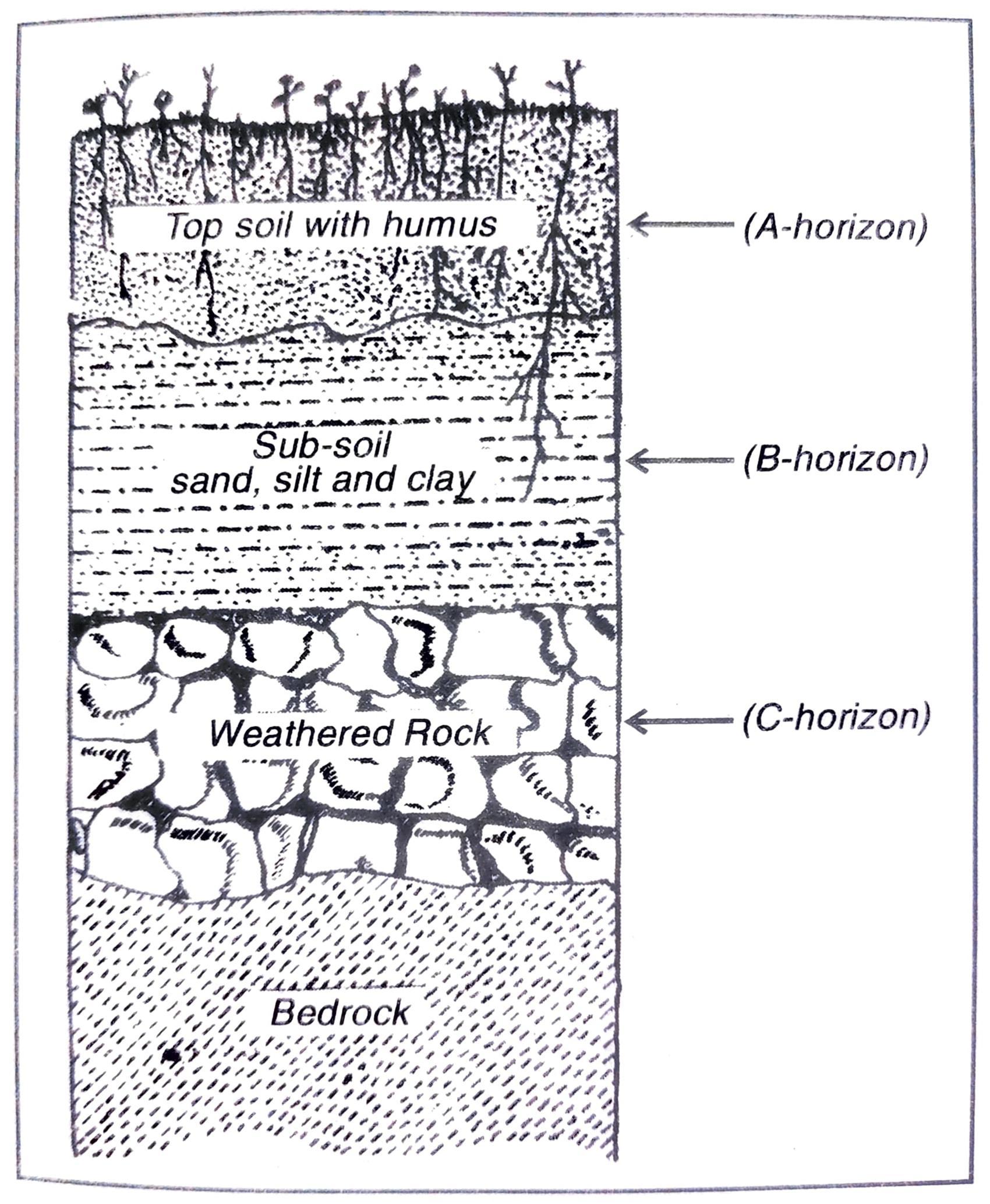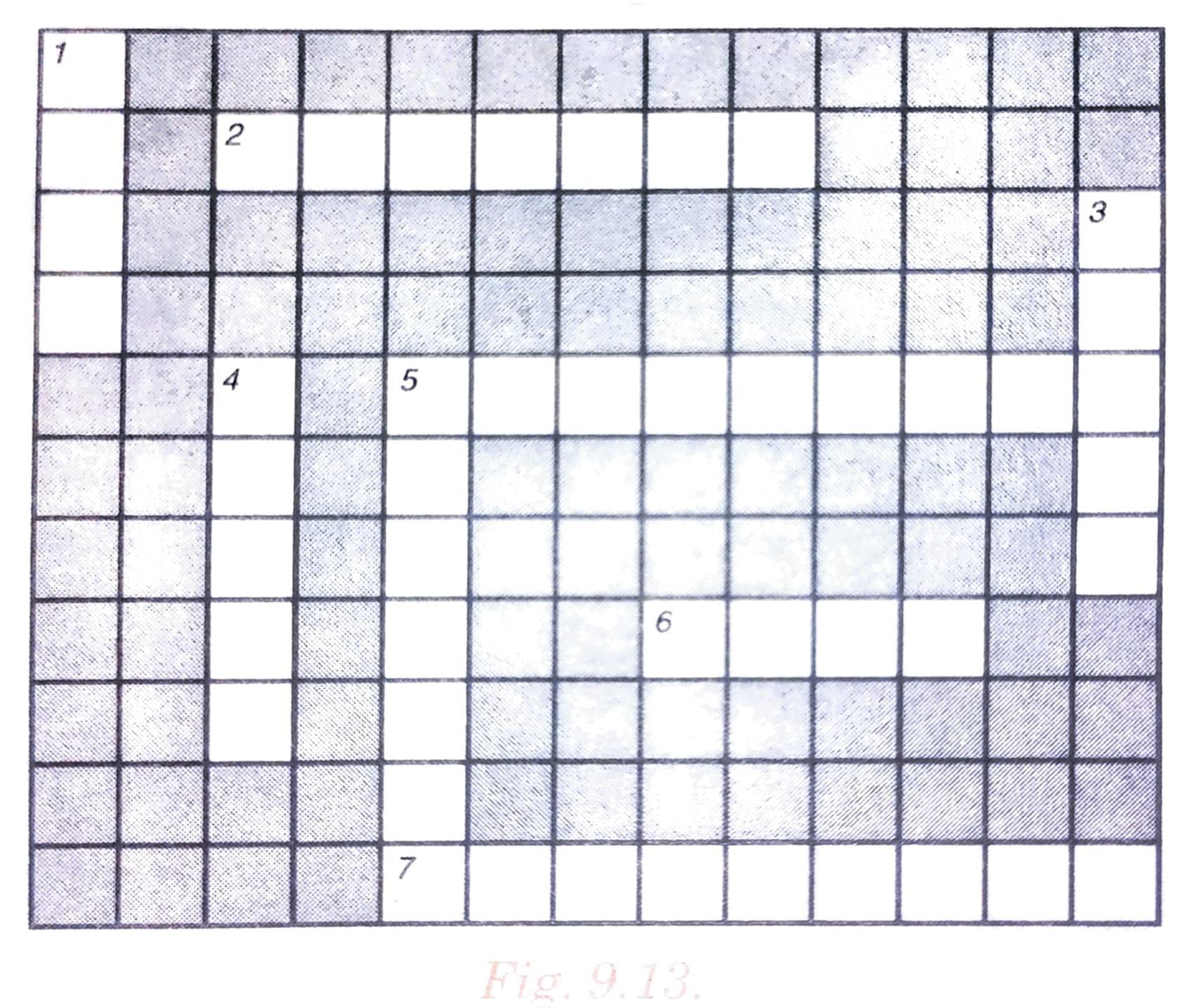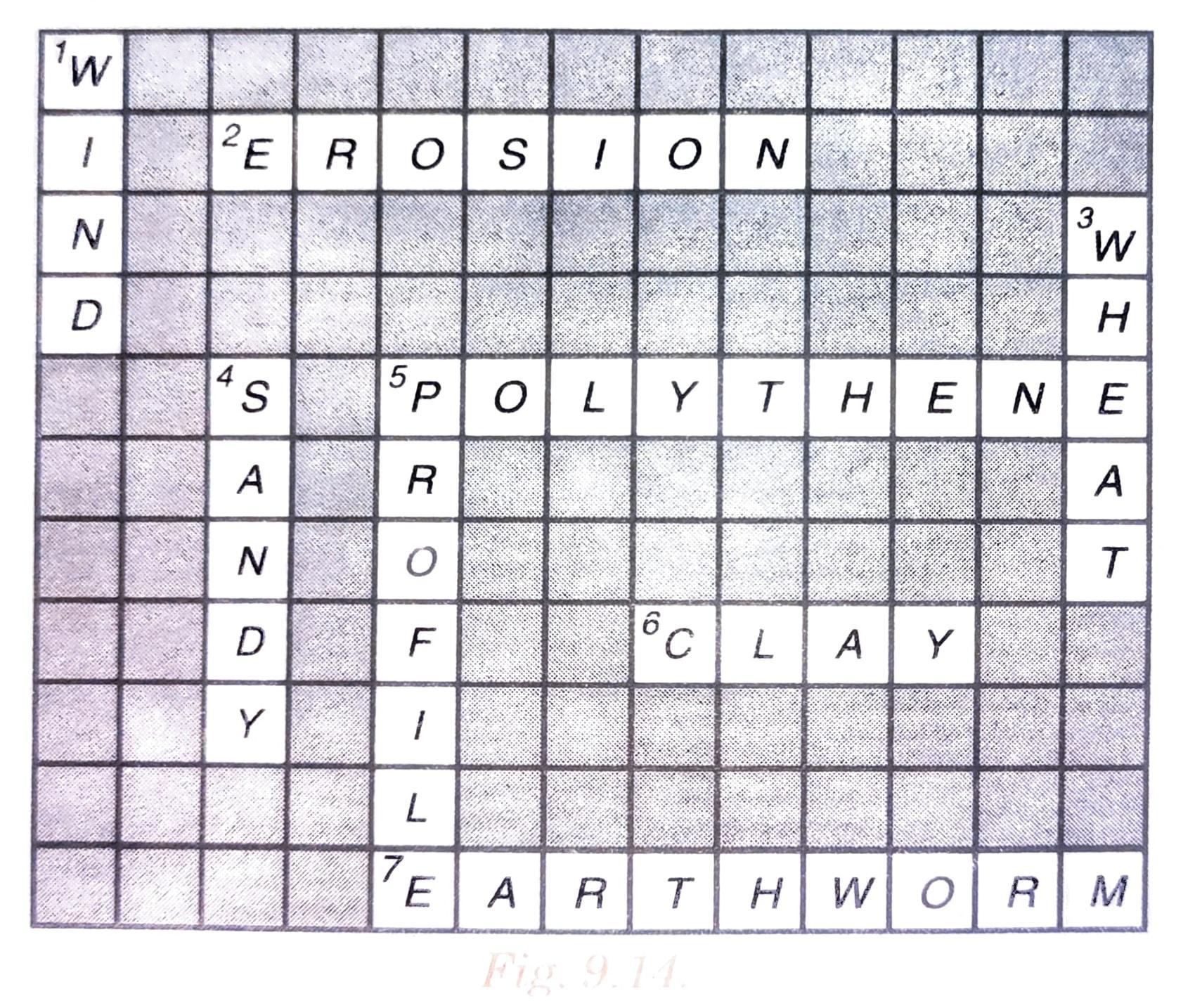SEBA Class 7 Science Chapter 9 Soil – Textbook Solutions & MCQ (Part I)
Find Class 7 Science Chapter 9 “Soil” Solutions for SEBA Assam (English Medium) students. This chapter, from Part I of the Science book, explores the formation of soil, its types, properties, and importance for plant growth. The chapter explains the composition of soil, its role in agriculture, and the effects of soil erosion and conservation. Our solutions include detailed textbook answers, multiple-choice questions (MCQs), and key explanations, helping students understand soil structure, moisture retention, and fertility. These solutions are designed to enhance conceptual clarity and exam preparation.
Class 7 Science
Chapter – 9 (Part I) Ospin Academy
Soil
EXERCISE
Tick the most suitable answer in questions 1 and 2:
Q. 1. In addition to the rock particles, the soil contains:
(i) air and water.
(ii) water and plants.
(iii) minerals, organic matter, air and water.
(iv) water, air and plants.
Ans: (iii) minerals, organic matter, air and water.
Q.2. The water holding capacity is the highest in:
(i) sandy soil
(ii) clayey soil
(iii) loamy soil
(iv) mixture of sand and loam
Ans: (iii) loamy soil.
Q.3. Match the items in column I with those in column II:
|
Column – I |
Column – II |
|---|---|
|
(i) A home for living organisms |
(a) Large particles |
|
(ii) Upper layer of the soil |
(b) All kinds of soil |
|
(iii) Sandy soil |
(c) Dark in color |
|
(iv) Middle layer of the soil |
(d) Small particles and packed tight |
|
(v) Clayey soil |
(e) Lesser amount of humus |
Ans:
|
Column – I |
Column – II |
|---|---|
|
(i) A home for living organisms |
(b) All kinds of soil |
|
(ii) Upper layer of the soil |
(c) Dark in color |
|
(iii) Sandy soil |
(a) Large particles |
|
(iv) Middle layer of the soil |
(e) Lesser amount of humus |
|
(v) Clayey soil |
(d) Small particles and packed tight |
Q.4. Explain how soil is formed.
Ans: (i) The big and heavy rocks are broken into smaller pieces come on the surface of the earth.
(ii) Soil is formed by breaking down of rocks by the action of wind, water and climate. This process is called weathering.
(iii) The smaller particles of the rocks obtained due to weathering get further decomposed on long expose to air moisture.
(iv) Finally the decomposed part of dead plants and animals get mixed up with soil formed by above processes. This gives the soil enough energy in the form of organic matter.
Q. 5. How is clayey soil useful for crops?
Ans: Clayey soil have good water retaining capacity. It is rich in humus and is very fertile. This is the reason why this soil is useful for growing crops like wheat and rice.
Q. 6. List the differences between clayey soil and sandy soil.
Ans:
|
Clayey Soil |
Sandy soli |
|---|---|
|
1. Proportion of fine particles is more than big particles. |
1. Proportion of big particles is more than fine particles. |
|
2. It has less perco- lation rate of water. |
2. It has more per- colation rate of water. |
|
3. It has good water holding capacity. |
3. It has poor water holding capacity. |
Q.7. Sketch the cross-section of soil and label the various layers.
Ans:

Fig. 9.12. Soil profile.
Q. 8. Razia conducted an experiment in the field related to the rate of percolation. She observed that it took 40 min for 200 mL of water to percolate through the soil sample. Calculate the rate of percolation.
Ans: Formula: Percolation rate

Q. 9. Explain how soil pollution and erosion could be prevented:
Ans: Prevention of soil pollution:
(i) Dispose off sewage properly.
(ii) Recycle waste.
(iii) Use organic manure or vermicompost.
(iv) Treat industrial effluents before discharge.
Prevention of soil erosion:
1. Grow more trees on a large scale (afforestation).
2. Flood control.
3. Allow restricted animal grazing.
4. Follow terrace farming.
5. Construct bunds.
Q. 10. Solve the following crossword puzzle with the clues given:

Across:
2. Plantation prevents it.
5. Use should be banned to avoid soil pollution.
6. Type of soil used for making pottery.
7. Living organism in the soil.
Down:
1. In desert soil erosion occurs through.
3. Clay and loam are suitable for cereals like.
4. This type of soil can hold very little water.
5. Collective name for layers of soil.
Ans:

Q1: What are the different types of soil?
The main types of soil are sandy soil, clayey soil, loamy soil, and silt. Each type has different properties affecting water retention and plant growth.
Q2: Why is soil important for plants?
Soil provides nutrients, water, and support for plant roots. Different types of soil affect the growth of different crops.
Q3: How does soil erosion occur?
Soil erosion occurs due to wind, water, deforestation, and poor agricultural practices, which wash away the top layer of soil, reducing its fertility.
Q4: Where can I find Class 7 Science Chapter 9 solutions for SEBA Assam?
You can find detailed textbook solutions, MCQs, and explanations for SEBA Assam Class 7 Science Chapter 9 on this page.
Q5: Where can I find solutions for all Class 7 Science chapters?
To get solutions for all Class 7 Science chapters, [Click Here].

